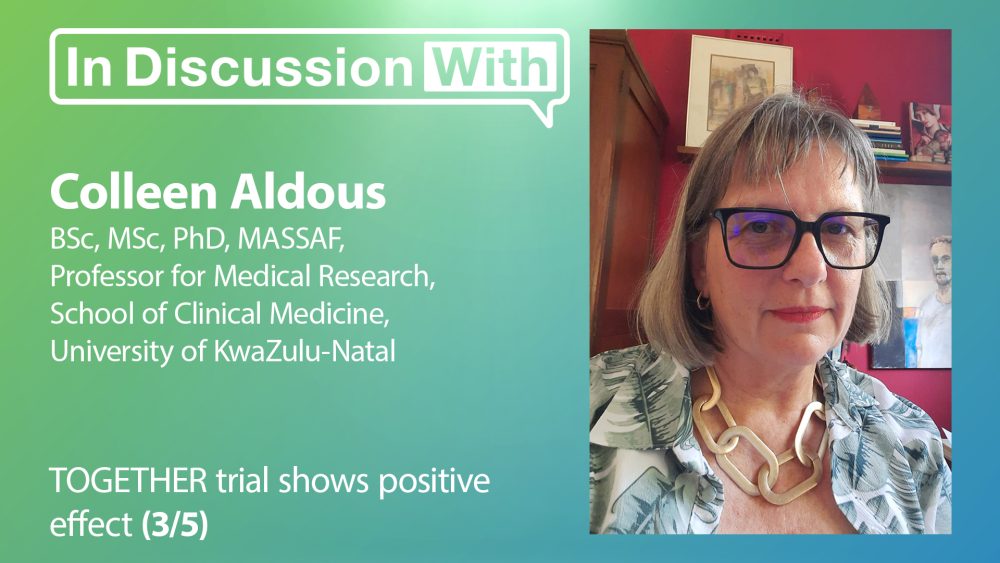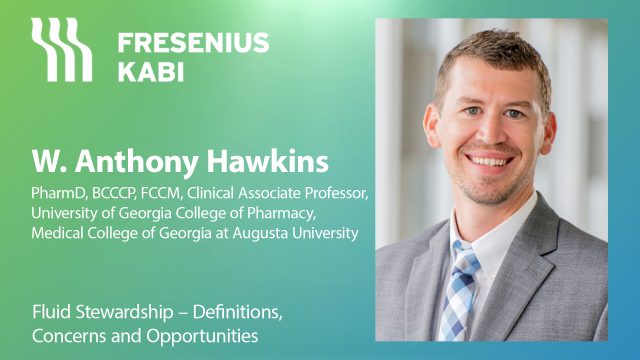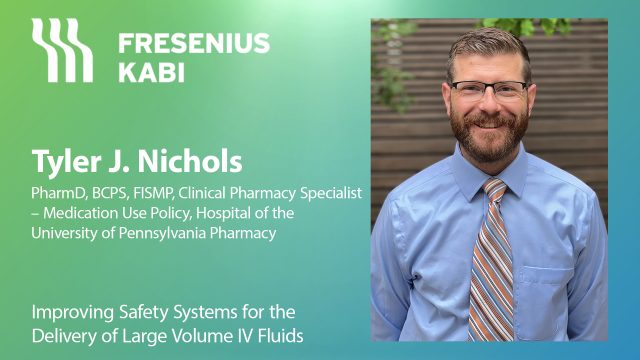Advertisment
TOGETHER trial shows positive effect for ivermectin

The TOGETHER trial was widely reported as showing that ivermectin was not effective in covid-19, but a straightforward analysis of the results reveals a 59 per cent reduction in death rate, according to Colleen Aldous, Professor for Medical Research, University of KwaZulu-Natal.
The TOGETHER trial had 679 participants in each arm; 624 completed the intervention arm and only 288 completed the placebo arm. Nevertheless, mortality was calculated using the intention-to-treat (ITT) number. There were 24 deaths in the placebo group and 21 in the intervention group. “Let’s think about this – a school child can work this out – 21 out of 624 or 24 out of 288; which group has the higher death rate?” asks Professor Aldous.
She contacted the authors to seek clarification but received a “dismissive response”. Further efforts to find the original data were also unsuccessful. However, the fact remains that the published figures show “about a 59 per cent reduction in death rate …. [with] a p-value of 0.0009”, she says. Furthermore, the ivermectin was given “when people had at least seven days – some of them – of being symptomatic; their viral phase had passed. That window where ivermectin would have done its best work was gone”, she explains. Despite this, there was still a positive effect for ivermectin, she emphasises. “The way it has been written and given to the world was supposed to be the coup de grace for ivermectin and I think those of us who can think for ourselves actually see that they showed it did work”, says Professor Aldous.
Beyond RCTs
Researchers and clinicians emphasise that RCTs alone cannot provide all the clinical evidence that is needed to make important decisions about the use of medicines.
Professor Aldous cites the example of penicillin, which did not go through a randomised, controlled trial. Discovered in the 1920s by Fleming, it was used to cure conjunctivitis in the 1930s. “In the early 1940s, with a very purified form, Fleming had permission to have it used in a moribund patient with meningitis. There was no cure -this patient was going to die – so he was administered this penicillin and that man lived. That particular clinical event was written up in a case study and then the War Room had a meeting based on that case study and within a couple of years there was enough penicillin for all the Allied Forces. And we are still using penicillin today”.
The need for RCTs was recognised and given greater urgency by events such as the thalidomide disaster. “We don’t ever want to repeat of that – and so randomised controlled trials started picking up ….. and as pharmaceutical companies got more and more sophisticated, they were able to use randomised, controlled trials for novel drug development and I believe that that is exactly where they are appropriate – in novel drug development”, concludes Professor Aldous.
Read and watch the full series on our website or on YouTube.





